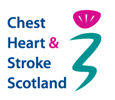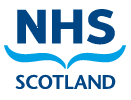Basic respiratory assessment
Learning outcomes
In this section you will find out about the process which a trained clinician or respiratory specialist would do when the patient first presents with symptoms of a lung condition. Understand the details of a respiratory assessment and have an awareness of some of the tests and investigations which can assist with diagnosis.
This includes:
- Taking a history.
- Main symptoms.
- Changes in breathing pattern.
- Medical assessment.
- Further investigations.
Any respiratory assessment relies on two important factors:
- Listening to the patient /client. Patients describe the symptoms they have. A few prompts or open questions can give an indication of the time scale, the frequency of any symptoms and any associated features that affect their daily life and functional activities. This is known as taking a history.
- The other component is a physical examination.
The qualified clinician’s job is to note all the symptoms and physical signs, put them in an order that makes medical sense, and then create a probable diagnosis.




